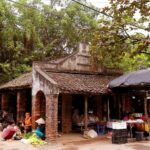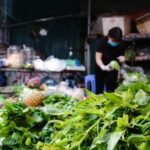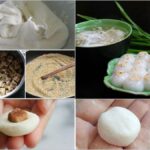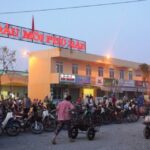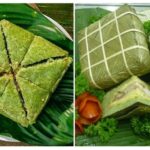
Conveniently located, the market enjoys easy access to major economic hubs:
North: Via National Highway 1A to Ho Chi Minh City (approximately 30km)
South: Connects to the Mekong Delta provinces
East: Links to Bien Hoa Industrial Parks 1 and 2
West: Reaches the new Long Binh Tan urban area
However, this area often experiences traffic congestion during peak hours (6-8 am and 4-6 pm), especially at the Cho Sat intersection. The main cause is the unreasonable parking of bulky cargo vehicles, combined with the dense shopping crowd.
History of Formation and Development
Birth Phase (1980-1990)
According to long-time traders, Cho Sat started operating in the early 1980s on a small scale, mainly serving the agricultural product exchange needs of local residents. The name “Sat” originates from the initial goods sold here – dried “sat” fish, a specialty of the Dong Nai River region.
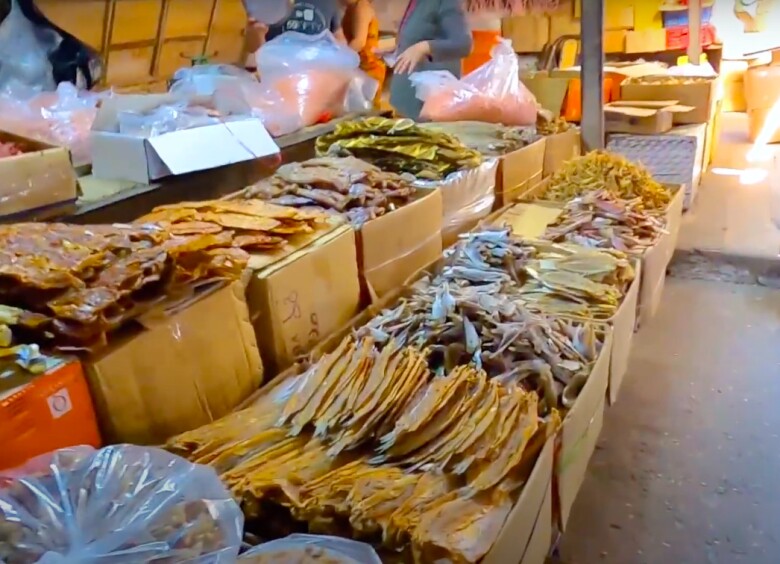
Commercial Boom Period (1991-2000)
After the Renovation policy, the market developed into a wholesale center with various items:
– Processed agricultural products from Ho Nai
– Bamboo and rattan handicrafts
– Building materials for industrialization
– In 1995, the local government invested in upgrading the market’s infrastructure with an electrical lighting system and 60 solid stalls.
Modernization Phase (2001-present)
Although not officially included in the province’s planning, the market has been expanding spontaneously with 300 fixed stalls, 50 mobile stalls along the road, and a night market operating from 6 pm to midnight.
In 2017, a proposal to relocate the market met with opposition from traders. Instead, the business households voluntarily contributed funds to improve the drainage system and install a mobile roof.
Product Range and Culinary Specialties
Local Agricultural Products Group
Cho Sat is famous for its characteristic agricultural products:
– Nang Xanh Rice: A specialty rice variety grown in Ho Nai, with sticky and fragrant grains, averaging VND 25,000/kg
– Wild Catfish: Caught from the Dong Nai River, sold per fish (VND 30,000-50,000 depending on size)
– Bien Hoa Water Spinach: Grown using hydroponics, with thick stems and a crisp, sweet taste
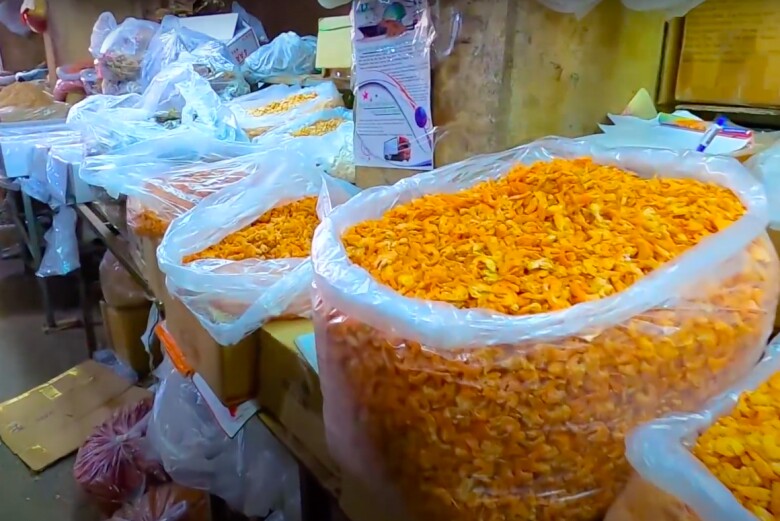
Traditional Culinary Village
According to a survey by Dong Nai Newspaper, 40% of the stalls in the market specialize in traditional food processing:
– Northern Dong Vermicelli: Handmade from dong riềng (Chinese potato) starch, transparent and chewy, VND 50,000/kg
– Square Banh Chung: Following a family recipe with three layers of pork belly, mung beans, and pepper, VND 25,000/cake
– Ho Nai Cha Lua: Made from lean pork, manually pounded for 6 consecutive hours, VND 120,000/kg
– Bien Hoa Nem Chua: Naturally fermented for 3 days, with a mild sour taste, VND 80,000/kg
Unique Street Delicacies
Visitors must try the dishes prepared on the spot:
– Crab Noodle Soup: Broth cooked from pork bones and fresh crab, VND 35,000/bowl
– Bún Riêu with River Crab: Crab is crushed and cooked with tomatoes and shrimp paste, VND 30,000/bowl
– White Bean Sweet Porridge: A dessert made from white beans, coconut milk, and palm sugar, VND 15,000/bowl
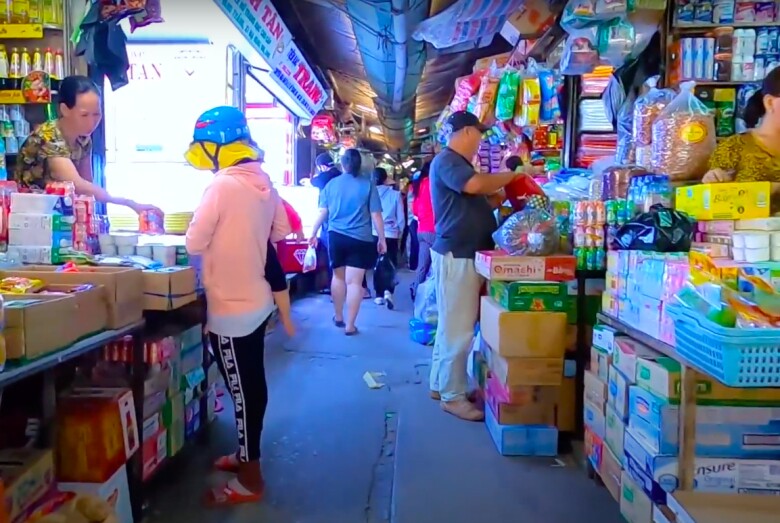
Although not officially designated as a tourist attraction, Cho Sat attracts approximately 50,000 visitors annually, mainly domestic tourists from Ho Chi Minh City and neighboring provinces, along with some international tourists joining street food tours and photographers capturing daily life scenes.
With its geographical advantages and rich culinary heritage, Cho Sat has the potential to become a must-visit destination on the journey to explore the culture and cuisine of Southern Vietnam. Combining tradition preservation with modern management approaches will be key to overcoming challenges and maintaining its position as a unique commercial center in Bien Hoa.
The Biggest Market in Binh Phuoc Province, Always Bustling Thanks to Its Prime Location
Chơn Thành Market boasts an unparalleled advantage in logistics, conveniently located near the vital highways of National Road 13 and National Road 14. This prime positioning facilitates seamless transportation of agricultural and forestry produce from the province to major consumption areas, making it a hub for efficient distribution.
The Secret to Making Soft and Delicious Rice Balls That Stay Fresh and Don’t Leak
To make delicious and visually appealing Vietnamese treats, Banh Troi and Banh Chay, you need to gather a few simple ingredients and follow some easy steps. These traditional delicacies are a must-have for any food lover, and with the right guidance, you can master the art of creating these mouth-watering treats. So, let’s dive into the world of Banh Troi and Banh Chay and explore the secrets to their perfection.

























